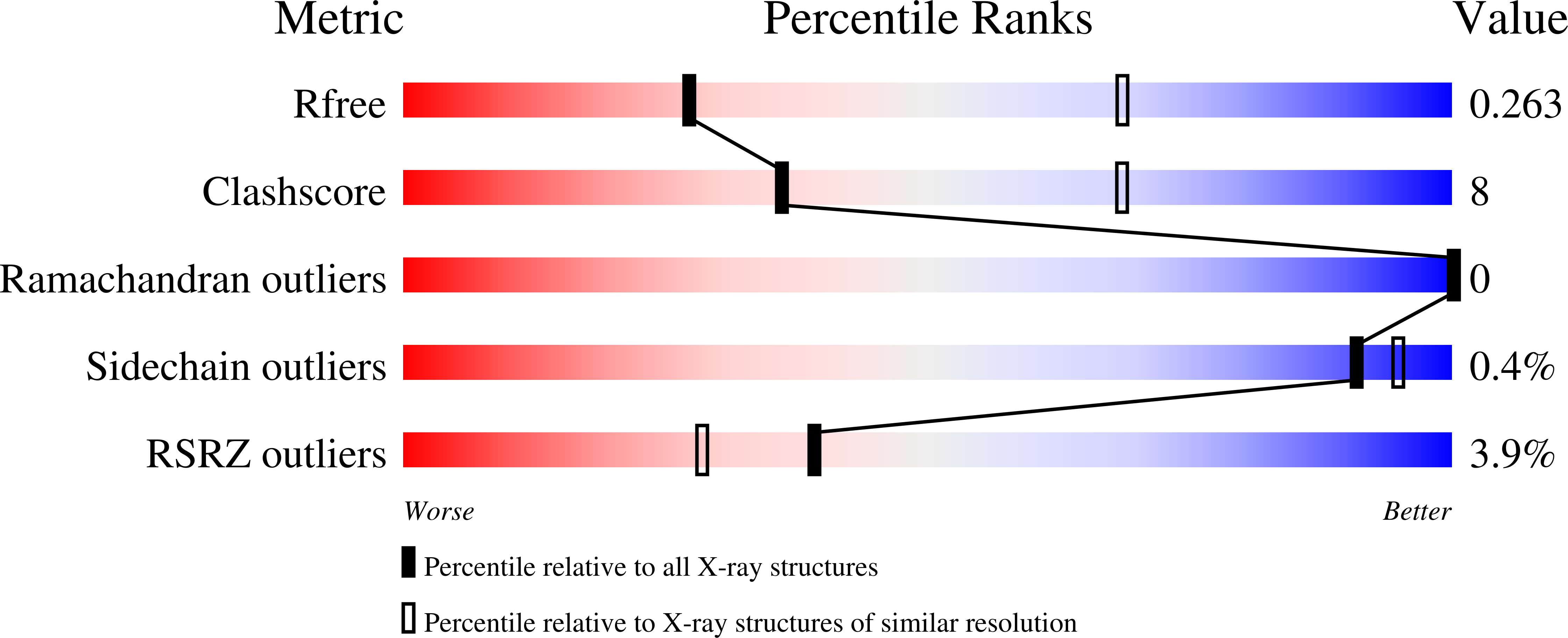
Deposition Date
2020-08-18
Release Date
2021-09-01
Last Version Date
2023-10-18
Entry Detail
PDB ID:
7JTX
Keywords:
Title:
the structural basis of PTEN regulation by multi-site phosphorylation
Biological Source:
Source Organism:
Homo sapiens (Taxon ID: 9606)
Host Organism:
Method Details:
Experimental Method:
Resolution:
3.23 Å
R-Value Free:
0.26
R-Value Work:
0.22
R-Value Observed:
0.23
Space Group:
I 4


